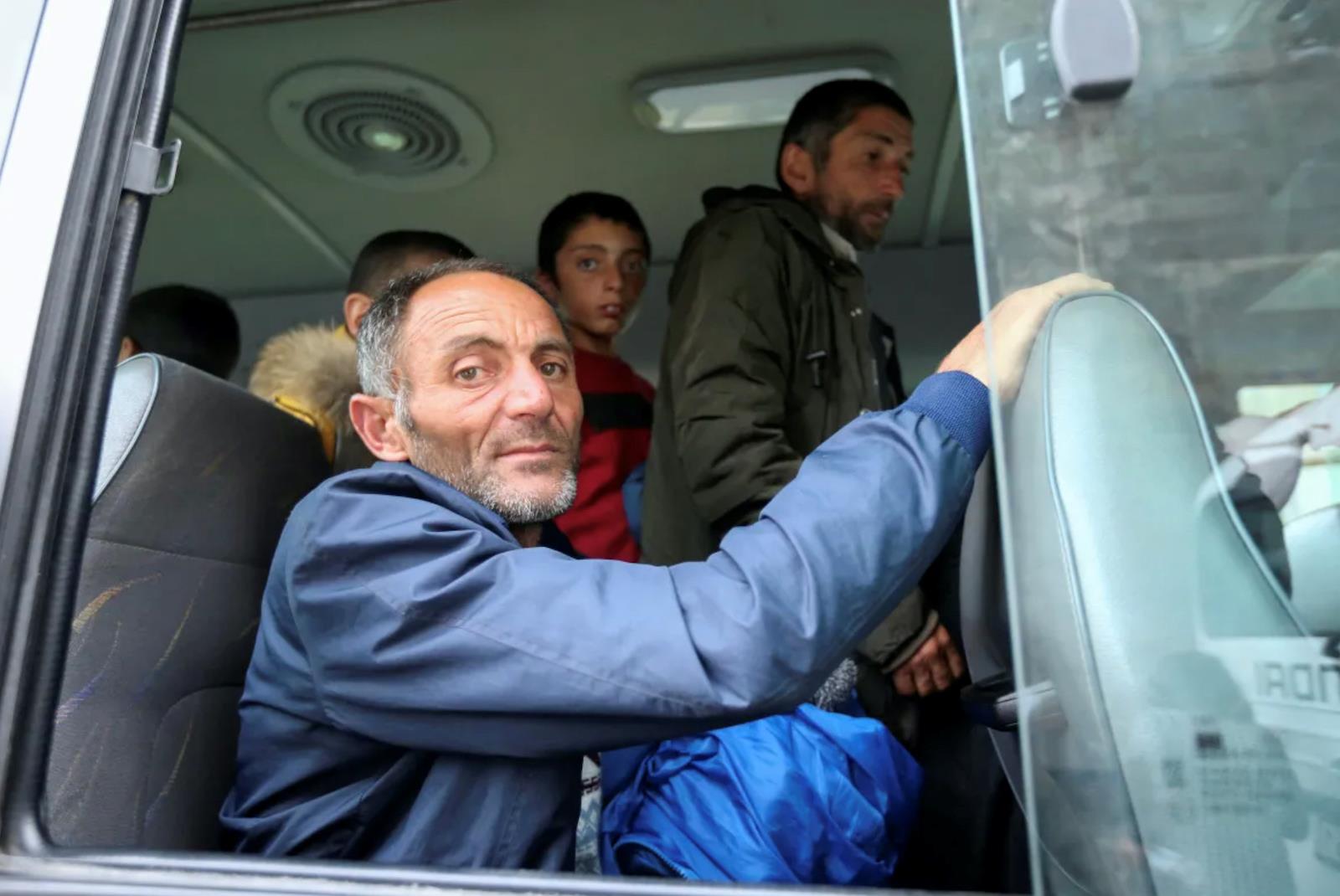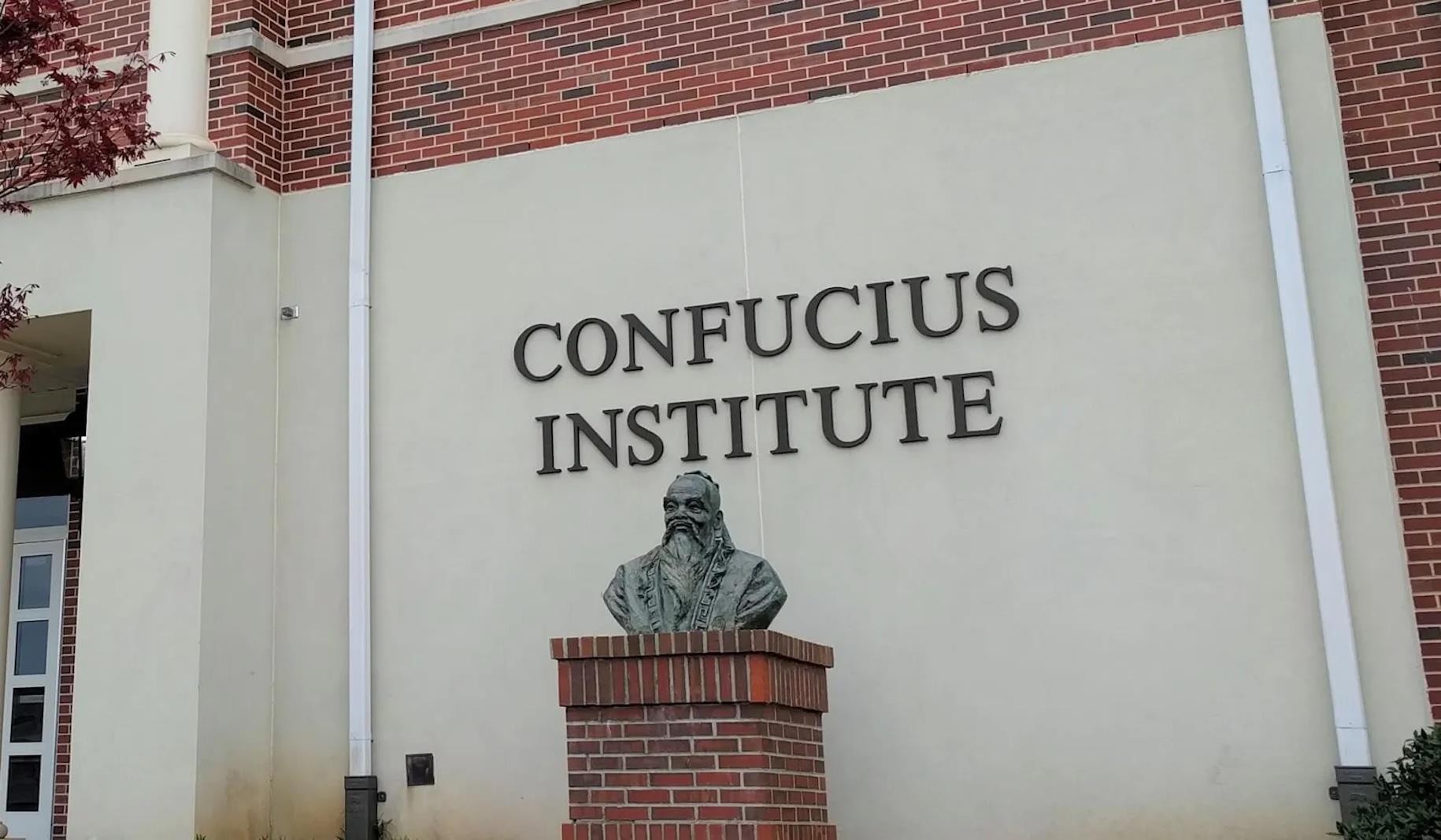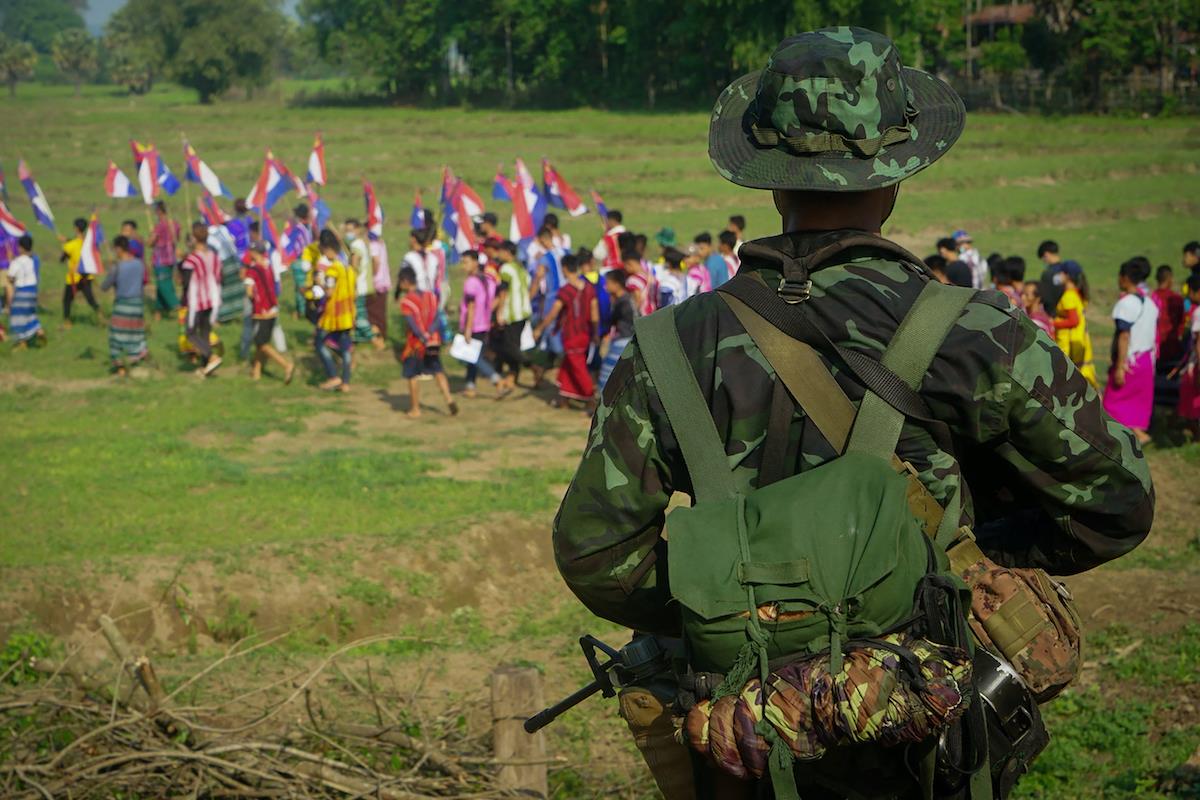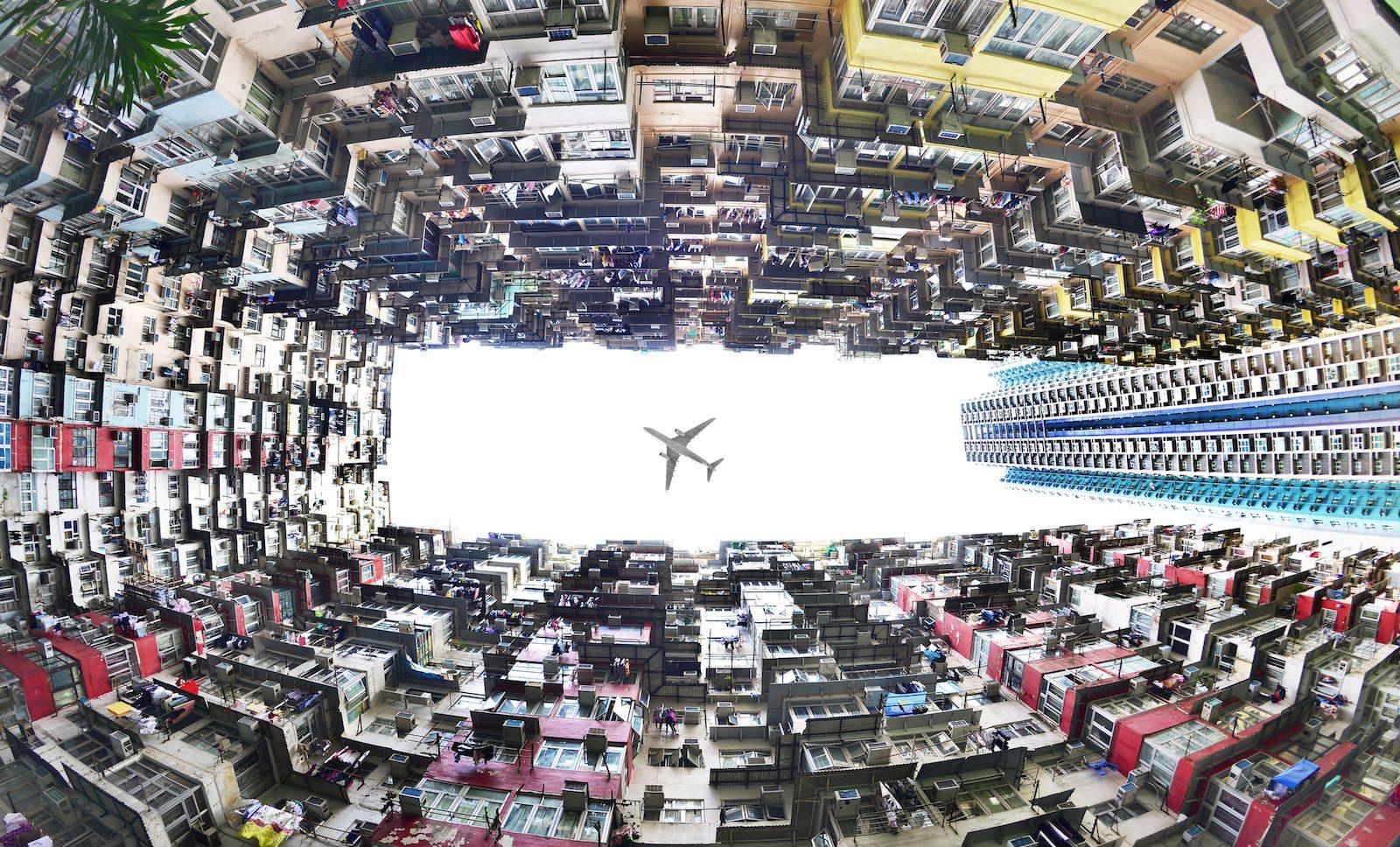
Where The Revolution Is Working In Myanmar
But a report released on September 26 by the Karen Peace Support Network (KPSN),“A shifting power balance”, indicates that a multi-pronged revolutionary strategy of“slowly and steady wins the race” may provide clues to continued territorial gains.
The KPSN report provides details of the gradual displacement of SAC forces from northern Karen state and the replacement of central state education and health facilities by service providers under the control of or aligned with the Karen National Union/Karen National Liberation Army (KNU/KNLA).
Since the February 2021 coup d'etat, the KNU have captured or forced the abandonment of 62 SAC military camps, first in northern Mu Traw and Kler Lwe Htoo districts (these are KNU administrative designations, not SAC nomenclature) and over the past year in Taw Oo District close to Karenni state and more south in Dooplaya district south of the Asia Highway.
As in other conflict zones, the SAC has eschewed deployment of ground troops and increasingly relies on air strikes and artillery fire support, with an estimated 1,178 artillery barrages since the coup including 417 airstrikes that have killed an estimated 129 civilians and injured 487.
As elsewhere, civilian-protected sites are targeted, with clinics (six), schools (19), churches and monasteries (10) destroyed. One clear data point of SAC administration replacement with Karen services since the coup is the Karen Education and Culture Department's (KECD) takeover of 370 Ministry of Education schools.
It has come at a high cost: the number of internally displaced persons (IDPs) in the area has almost doubled in the past year to 637,414.

A Karen refugee combs her daughter's hair at Mae La refugee camp in Mae Sot near the Thai-Myanmar border. Photo: Asia Times Files / AFP / Pornchai Kittiwongsakul
The KSPN report also reveals important long-term foundations for why this territorial progress has been made possible. First, the KNU/KNLA are a professional insurgent revolutionary force established over seven decades ago, with a sophisticated political, military and civilian administration apparatus.
The KNU/KNLA have a great deal of experience in these conflict-related challenges. They also enjoy a near monopoly on organized violence, especially in the areas the report highlights where there are few direct rivals, competitors or major SAC allies such as Border Guard Forces (BGFs), unlike other conflict areas in neighboring Shan state where there are multiple armed actors.
Second, highly capable service providers in health and education, as well as livelihoods, have sustained civilian communities in dire circumstances for several years in many of these areas.

Legal Disclaimer:
MENAFN provides the
information “as is” without warranty of any kind. We do not accept
any responsibility or liability for the accuracy, content, images,
videos, licenses, completeness, legality, or reliability of the information
contained in this article. If you have any complaints or copyright
issues related to this article, kindly contact the provider above.























Comments
No comment